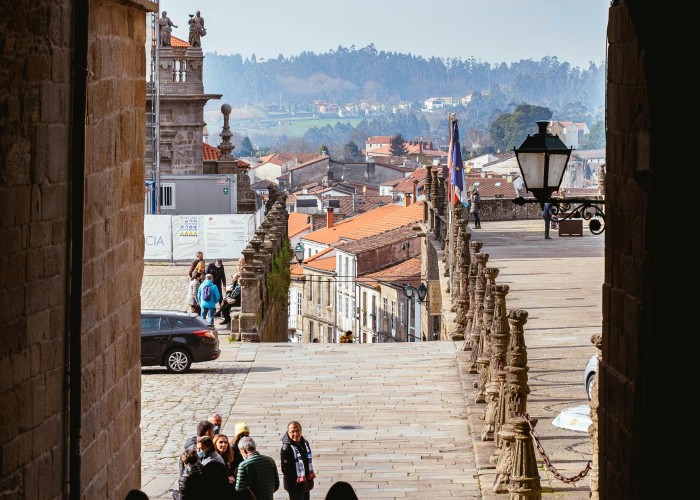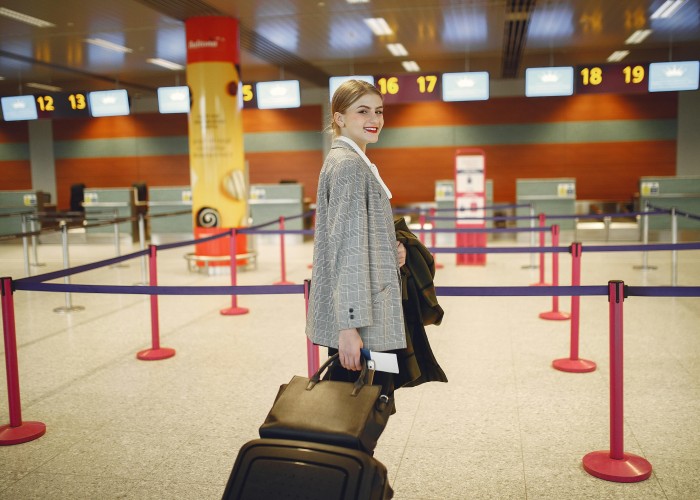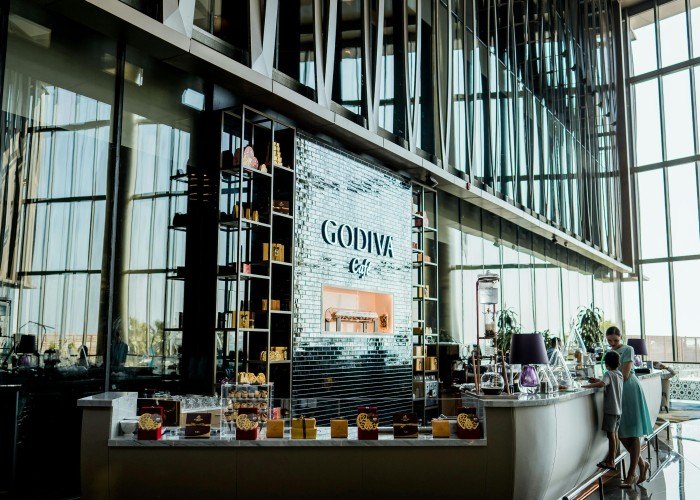Walking the Camino Frances is not merely a trek—it’s an experience that lasts long after your boots are stored away. From the Pyrenees to Santiago de Compostela, this journey blends landscapes, culture, and personal rhythm. Whether you’re reading from the USA, UK, Australia, Germany, or anywhere, here’s your human-centered breakdown to planning it thoughtfully. Camino Frances Trek, Spain.
Overview: What It Is, Where It Is, and Why It’s Famous
The Camino Frances is the most popular route of the Camino de Santiago, stretching roughly 780 kilometers across northern Spain. Pilgrims—and hikers—begin in St Jean Pied de Port (France), cross the Pyrenees, and walk westward through towns like Pamplona, Burgos, and León, finally arriving in Santiago de Compostela.
It’s famed for its:
- Historical significance and spiritual traditions
- Supportive infrastructure with albergues (hostels) almost daily
- Rich tapestry of landscapes: mountain passes, rolling hills, vineyards
- Connection to pilgrims from around the world, creating a global community
The Camino is as much about walking as it is about the stories you gather along the way.
Best Time to Visit
- May to October is the most popular window. Weather is mostly mild, and services are open.
- June and September offer optimal balance of fewer crowds, comfortable temperatures, and vibrant scenery.
- July and August can be hot—plan early starts and afternoon rests.
- April and October are cooler, with some albergues closed—good for solitude if well prepared.
- Winter months are cold, dark, and many facilities are shut—only experienced hikers should consider this.
How to Reach the Camino Frances
By Air:
Fly into Madrid, Bilbao, or Pamplona. Consider Bilbao or Pamplona for closer access.
By Train and Bus:
- From Madrid or Barcelona, take high-speed train to Pamplona or Leon.
- Bus lines run to St Jean Pied de Port for the traditional start.
By Road:
Renting a car gives flexibility to return at the end or to access less-served albergues. Camino Frances Trek, Spain.
Entry Fees and Permits
- No fee or permit is required to start walking.
- To earn the Compostela certificate in Santiago, you’ll need a pilgrim credential (credencial) and proof of at least the last 100 km on foot. Credentials are inexpensive (a few euros), available at pilgrim offices or some churches.
- Accommodation in albergues usually costs 6–12 euros per night, subject to change.
Food Availability and Meal Options
- You’ll find cafés, bakeries, and restaurants in every town. Menu del día (set lunch menu) is often around 10–15 euros—an excellent value.
- Shops sell bread, cheese, fruit, and snacks for lighter days or picnic lunches.
- Many albergues offer breakfast included or for a small extra fee.
- Carry water and snacks during long stretches—some parts between villages can be dry or exposed.
Packing List and Essentials
Clothing & Footwear
- Three lightweight, breathable shirts
- One warm mid-layer (fleece)
- Waterproof shell jacket
- Sturdy, broken-in hiking boots or trail shoes
- Two pairs of comfortable socks (merino or synthetic)
- Hat for sun protection
Gear Must-Haves
- Backpack (30–40 L)
- Railway or telephone-card-sized pilgrim credential
- Refillable water bottle or hydration bladder (up to 2 L)
- Lightweight towel and toiletries
- Headlamp or small torch
- Basic first-aid and blister treatment
- Sunglasses and sunscreen
- Passport copy and a small amount of cash
Optional Extras
- Trekking poles (helps with knees on descents)
- Power bank for charging devices
Safety Tips and Local Regulations
- Keep to marked yellow arrows and scallop shell signs.
- Monitor weather—heatwaves and rainstorms both occur.
- Start early to avoid afternoon sun and to secure a bed at busy albergues.
- Let someone know your itinerary, especially if hiking solo.
- Summer can be very hot; carry water and rest in shade during peak heat.
- Never wild camp—stick to designated hostels or lodging.
- Respect escalating levels of quiet in the evenings, especially in dorms. Camino Frances Trek, Spain.
Tips for Beginners or First-Time Pilgrims
- Consider a trial weekend on a local trail to get used to your pack and pace.
- Walk around 25–30 kilometers per day—comfortable, manageable, and allows time for rest.
- Book accommodation in major towns during high season.
- Wear your pack at home before you leave to minimize blisters.
- Bring a reusable shopping bag—handy for groceries or carrying things.
Local Customs and Cultural Etiquette
- Greet locals—“Buen Camino” is better than a silent shuffle.
- In churches or religious sites, respectful attire is encouraged (cover shoulders and knees).
- Shoes often come off inside albergues—observe cues and follow quietly.
- Common courtesy in lines, sharing tables, and communal kitchens preserves a friendly atmosphere.
- Tipping is not required; leave what you feel is suitable in cafés or when served.
FAQ Section (High-Search Keywords for SEO)
| Question | Answer |
|---|---|
| How long is the Camino Frances trek? | About 780 km, typically completed in 30–35 days depending on pace. |
| What is the difficulty level? | Moderate. Daily terrain is uneven but manageable. Fitness and endurance help. |
| What’s the highest altitude? | The highest point is the Pyrenees Pass at around 1,360 m in Pamplona region. |
| Are restrooms available? | Yes—at albergues, cafés, and public rest spots in towns. |
| Is mobile signal available? | Reliable in towns, patchy on isolated Camino sections—download offline maps. |
| Can I hike only part of it? | Yes—many pilgrims walk only the last 100 km and still earn a Compostela. |
| Are dogs allowed? | Dogs are allowed, but not on buses or night trains; hostels often have rules—check ahead. |
| Do I need a guide? | No, the Camino is extremely well-marked. Guides help for logistics, language assistance, or deeper history. |
| When is the trail least crowded? | Late spring (May to early June) and September offer fewer walkers with good weather. |
Final Thoughts
Walking the Camino Frances is more than ticking off kilometers—it’s watching the Spanish landscape unfold village by village, chapel by chapel. It’s slowing to hear your footsteps sync with friendly footsteps, tasting wines, and feeling the texture of days turning into timeless journey. Camino Frances Trek, Spain.






Leave a Reply